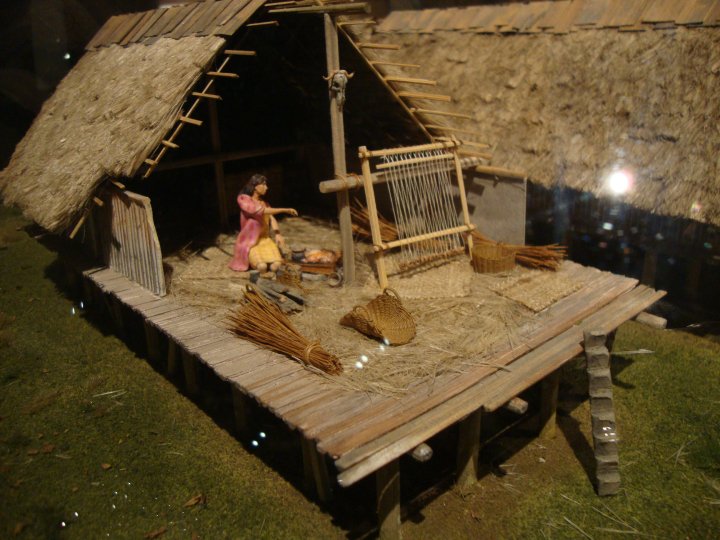
The Altar Stone (80) is the largest of all the ‘foreign stones’ at Stonehenge. It is a rectangular recumbent block of sandstone, 16 ft. long by 3.5 ft. wide by 1.75 ft. deep, embedded in the earth so that its top is level with the surface, about 15 ft. within the central sarsen trilithon.
Two fallen members of this trilithon now lie across it (stones 55 and 156), and their weight has probably pressed it down to its present position. Like the adjoining bluestones, it has been carefully dressed to shape, but its exposed surface is now considerably abraded by the feet of visitors.
















































